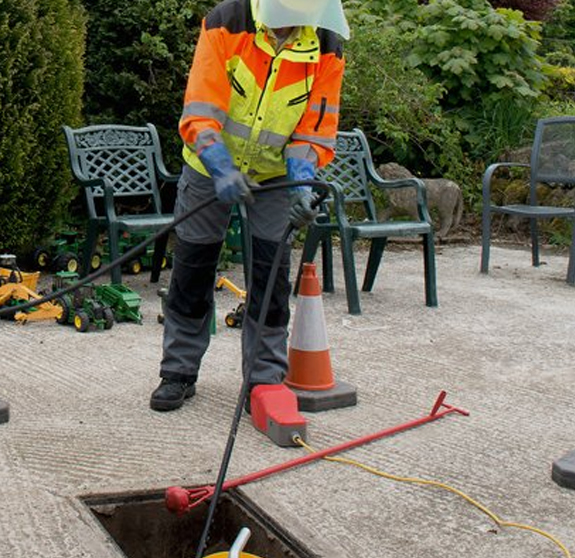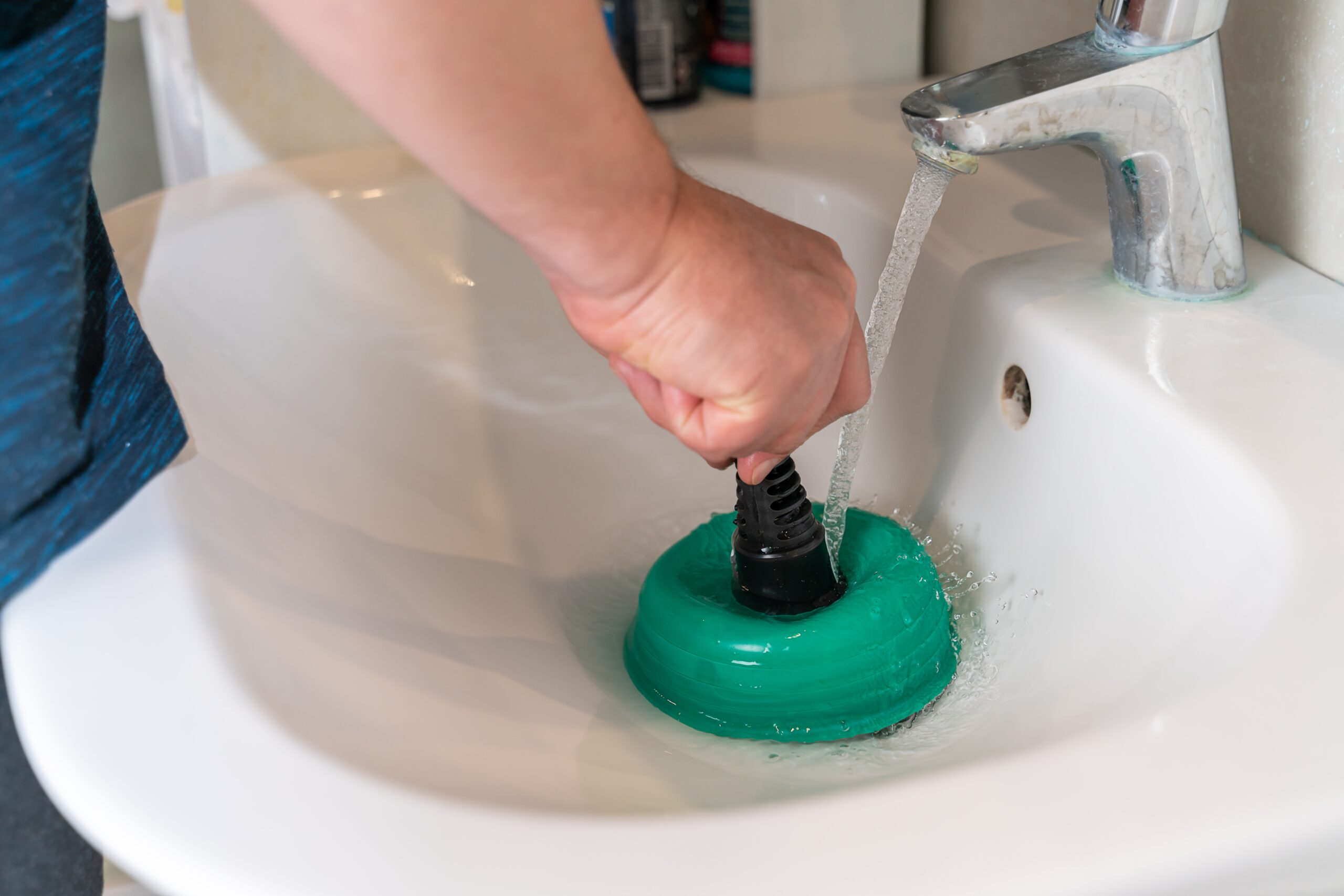Tips for Handling a Blocked Drain Prior to Contacting Plumbing Professionals
Tips for Handling a Blocked Drain Prior to Contacting Plumbing Professionals
Blog Article
Just how do you really feel with regards to What I learned from trying to deal with a clogged drain?

Intro
Handling an obstructed drain can be an aggravating experience, disrupting everyday tasks and possibly causing damage to your property. Nevertheless, prior to reaching out to pipes professionals, there are actions you can require to address the problem on your own. In this overview, we'll discover DIY services and safety nets to deal with a blocked drain effectively.
Determining the Problem
The primary step in resolving an obstructed drainpipe is acknowledging the indicators. Slow-moving drain, gurgling audios, foul odors originating from drains pipes, or water support up prevail indications of a blocked drainpipe. Recognizing these signs early can aid stop additionally difficulties.
Typical Root Causes Of Obstructed Drains
Comprehending the aspects that add to drain clogs is vital for effective resolution. Common offenders include hair, soap scum, oil, food particles, and international objects like sanitary items or paper towels. Tree roots invading underground pipes can likewise cause substantial clogs.
DIY Solutions
For small clogs, several do it yourself services can be efficient. Pouring boiling thin down the drainpipe can assist liquify oil and debris. Sodium bicarbonate and vinegar or a mixture of salt and baking soft drink can act as natural cleaners. Utilizing a plunger or plumbing serpent to dislodge blockages is another option.
Tools and Equipment
Having the right tools on hand can make do it yourself drain cleansing extra efficient. A bettor is a functional device for removing obstructions in sinks, bathrooms, and showers. A plumbing serpent or auger can get to much deeper obstructions, while drainpipe cleansing chemicals can be made use of cautiously for stubborn clogs.
Safety nets
To prevent future obstructions, embracing preventive measures is important. Set up drain guards or strainers to capture hair and debris prior to they go into the pipes. Frequently flush drains pipes with warm water to liquify oil build-up, and avoid getting rid of oil or strong waste down the tubes.
When to Call a Professional
While do it yourself options can settle minor obstructions, specific signs suggest the requirement for expert help. Relentless obstructions, foul odors in spite of cleaning efforts, or several drains pipes backing up concurrently are red flags that require expert treatment.
Picking the Right Plumbing Solution
When selecting a pipes solution, consider aspects such as experience, licensing, and consumer evaluations. Choose a reputable plumbing with a performance history of quality handiwork and clear rates methods.
Price Factors to consider
The expense of specialist drain cleaning services can vary depending upon the extent of the clog and the plumbing's prices. Demand quotes from numerous companies and inquire about any kind of added fees to make certain openness and stay clear of shocks.
Safety and security Measures
When trying do it yourself drainpipe cleaning, focus on safety. Use protective handwear covers and eyewear to prevent contact with dangerous chemicals or germs. Never blend different drainpipe cleansing items, as this can produce hazardous fumes.
Instance Studies
Real-life instances illustrate the performance of DIY options and the value of timely expert intervention in settling drain blockages.
Final thought
By following the pointers detailed in this guide, you can successfully tackle obstructed drains pipes and stop future pipes problems. Whether opting for DIY solutions or looking for professional assistance, timely activity is essential to maintaining a healthy and balanced plumbing system and preserving the stability of your home.
How to Clear a Clogged Drain Yourself (And When to Call In the Professionals)
What Can Clog a Drain
Dirt Skin flakes Hair Grease Soap scum Food Offset pipes Tree roots Small objects Mineral buildup DIY Tricks to Unclog a Drain
You can fix this! Once you have identified the source of the clog (or have a vague idea), you can try one or a combination of these fixes in order to clear your plumbing.
Wire Hanger or Snake
Untangle and clear out hair from a drainpipe with a homemade snake. Use a straightened-out wire hanger with a 90-degree angle hook to locate the clog and drag out any unwanted material.
Remember not to push the clog further down to where the wire hanger cannot reach! If you need to follow up with a plunger, give it a try. Your efforts might be more successful after it’s been wire-snaked.
If you want to get fancy and don’t have a wire hanger to spare, head to the store and pick up a hand-operated drain snake. You can get one for $10-$30. It may save you the hassle, and provide additional length to reach deep into the clogged pipe.
Plunger
A cup plunger has a suction cup attached to a wooden handle. The rubber creates a seal around the drain, and increases the pressure force of the plunger.
Plunge for 30-second increments to loosen the clog. This may need to be repeated over the course of 15-20 minutes. Once plunged, run the water to flush the remaining material out of the drain.
Remember– never use a plunger if you have used a chemical drain cleaner. These chemicals can splash up from the force of the plunger and cause serious injury or burns.
Boiling Water
Hot water can sometimes break up materials into a flushable amount. Dirt, grease, and soap buildup requires heat in order to unstick from surfaces.
Take your kitchen kettle and heat your water to a boil. Once it reaches a rolling boil, pour it directly down the drain into the blockage. Carefully follow with plunging, if necessary.
Don’t worry if this takes more than one try! It can often take multiple kettles and repeated plunging in order to clear a particularly stubborn clog.
Chemical Drain Cleaner
As a last resort, pick up a bottle of chemical drain cleaner. Drain-cleaning chemicals are potent, and not very good for the environment.
You may need to wear protective eyewear in gloves before handling your bottle of chemical drain cleaner. Follow the instructions printed on the bottle, and flush with water as soon as the instructions allow. Do not follow with plunging.
Baking Soda and Vinegar
As a safer alternative to chemical drain cleaner, baking soda and vinegar can create a chemical reaction that clears tough clogs.
Combine one cup of cleaning vinegar with one cup of boiling water, and set aside. Once you have done this, pour half a cup of baking soda down the drain. Give the baking thirty seconds to settle and cover a large portion of the problem drain.
Following the baking soda, pour down your vinegar and hot water solution. Once the vinegar and baking soda combine, the mixture will bubble and fix. Let this reaction fizzle in the drain for about an hour.
After an hour, follow with a kettle’s worth of hot water. The heat and liquid should flush out any remaining material.
When to Call a Plumber
If your DIY attempts haven’t cleared your clog drain, it’s time to call in a professional. It’s not worth losing access to your kitchen sink or high-traffic bathroom. A clog in a vital area can keep you from the things you’d rather be doing, and derail your routine.
Anytime a clog is causing water to spread is a time to call in a plumbing service. What starts out as a little bit of water can quickly grow into serious, expensive water damage.
Additionally, a serious clog can result in burst pipes or serious leaks. Make sure you know when to take it seriously!
https://myguysnow.com/how-to-clear-a-clogged-drain-yourself-and-when-to-call-in-the-professionals/

We were made aware of that article on Some easy tips to fix blocked drains from an acquaintance on a different site. Enjoyed reading our content? Please share it. Help others discover it. I am grateful for your time. Come back soon.
Request Estimate Report this page